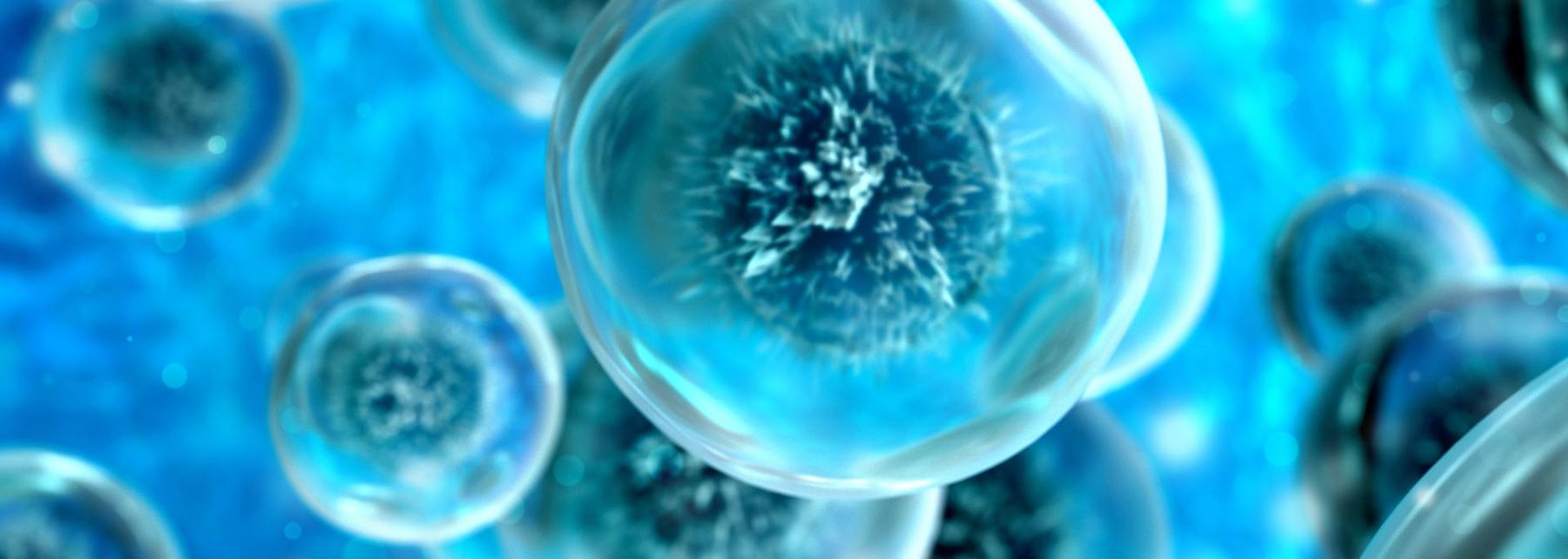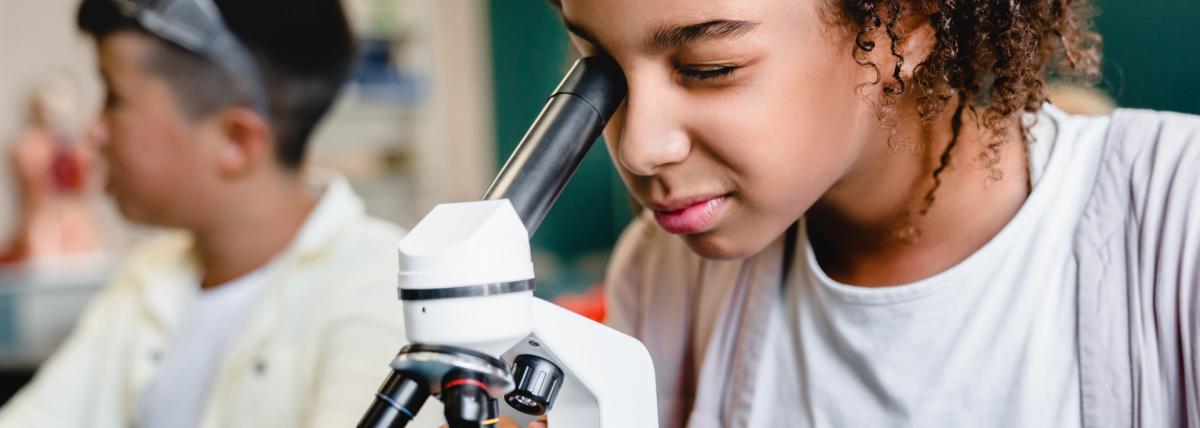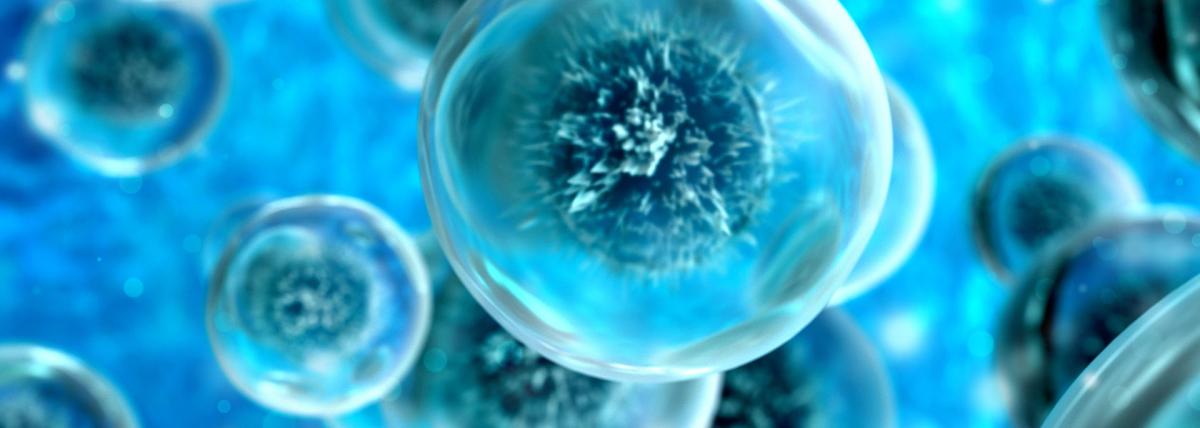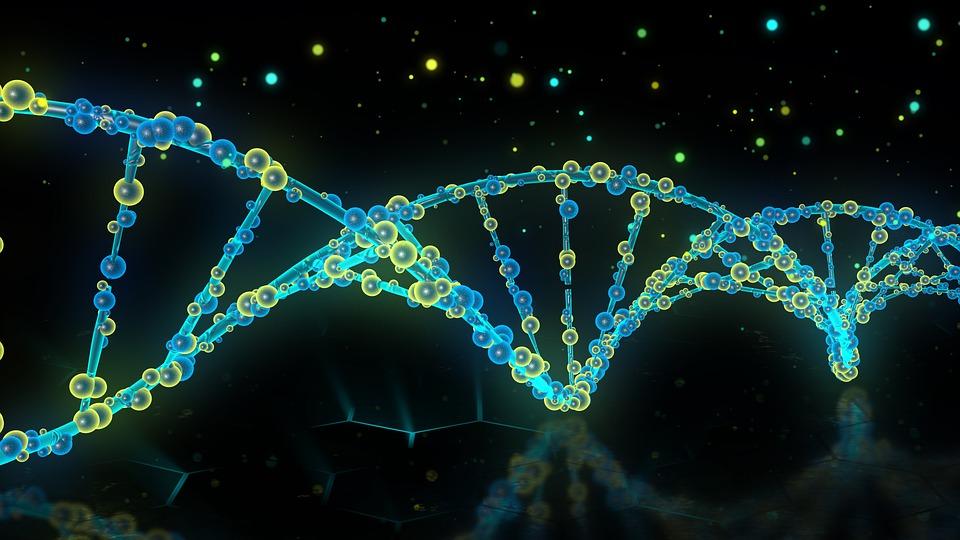
Anatomy of Diabetes Mellitus
A lesson on what diabetes is, what is the difference between Type 1 and Type 2 diabetes, creating a food diary, how the sugar gets into cells, how to count carbs, and how people with Type 1 diabetes calculate their insulin.
This is a lesson that would go well in a digestive unit or a cell unit. It can be completed in 2-3 days with a 1-week pre-activity of gathering food diary information.
Lesson Plan Link/URL
https://docs.google.com/presentation/d/1mLGbIvoZvPurtSU17dsXNxhpgdMY8OY4/edit?u…Subject Area
Science Life Science L1: Cells L2: Organisms & Energy Mathematics Operations and Algebraic Thinking (OA) Measurement and Data (MD)Related Content


In this hands-on lesson, students learn about the types of microorganisms in water and how to sterilize the water. They analyze the data and create graphs. Students participate in a whole class and

In this lesson, students construct a paper model of CRISPR and work on focus questions to understand how CRISPR works. They will go through the motions of gene replacement so they can see what happens